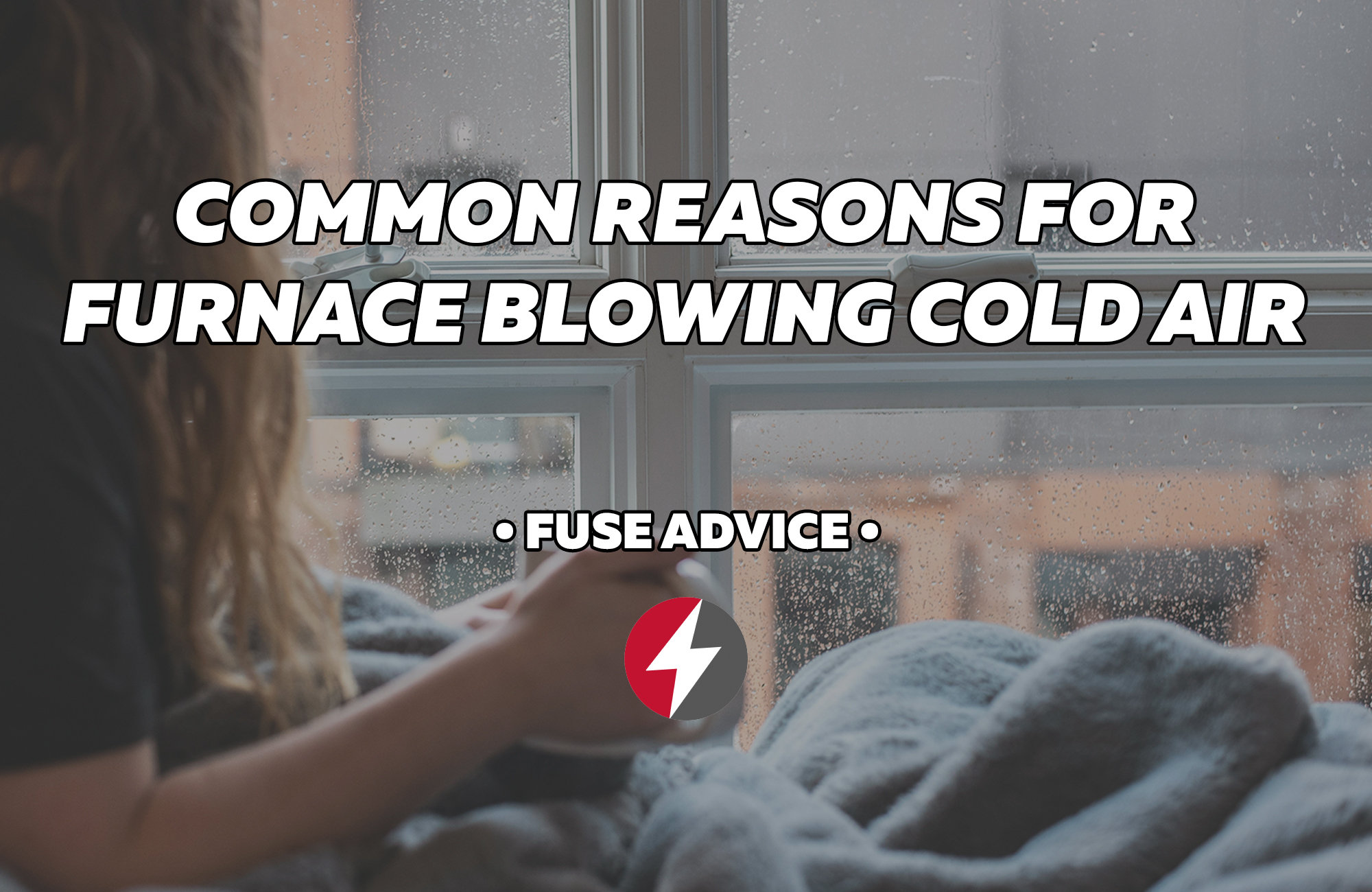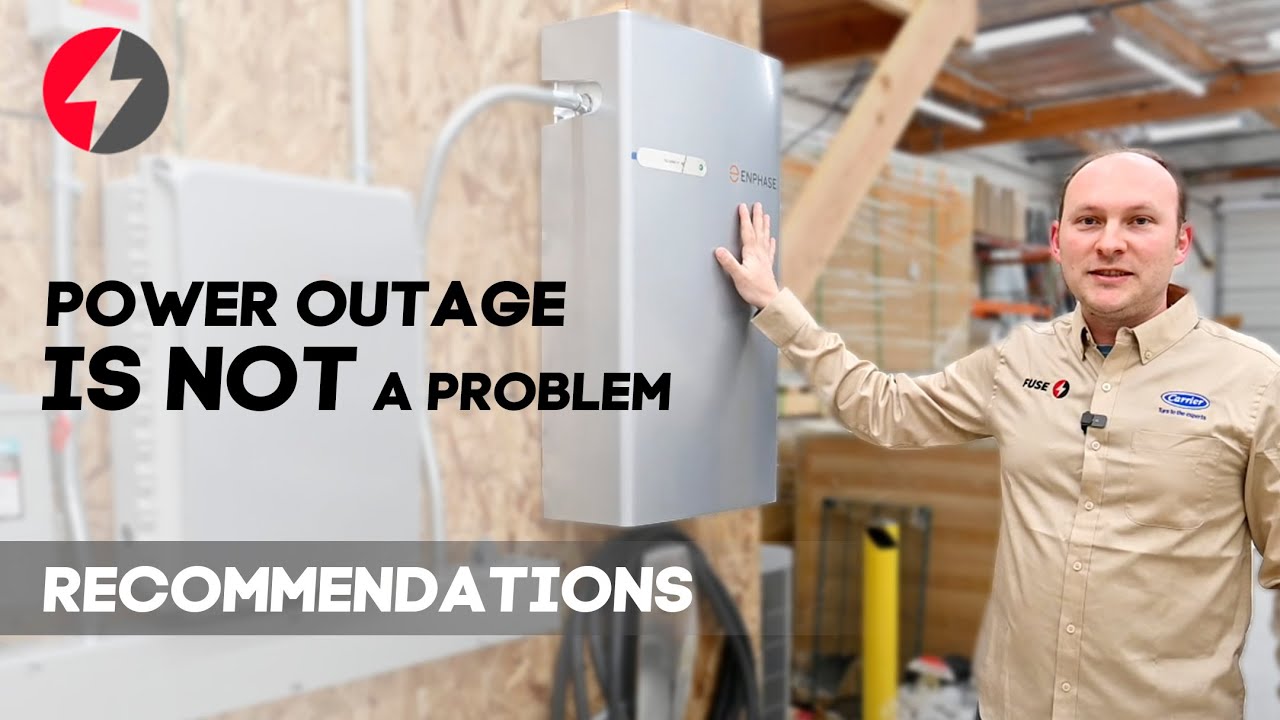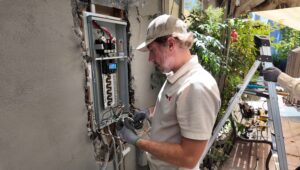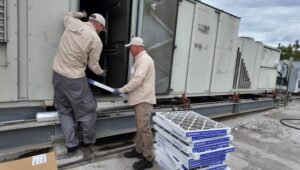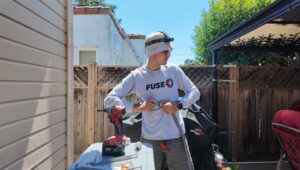 When the coldness of winters gripped tight, and the cold started to fill your place, the working hug of a furnace is way more than just assurance at such times. Imagine, therefore, the chagrin when you expect a wave of heat, yet instead are greeted by a baffling blast of cold air from your furnace. This article will explain the possible reasons for this problem, making sure you know how to get back to that cozy atmosphere in your home.
When the coldness of winters gripped tight, and the cold started to fill your place, the working hug of a furnace is way more than just assurance at such times. Imagine, therefore, the chagrin when you expect a wave of heat, yet instead are greeted by a baffling blast of cold air from your furnace. This article will explain the possible reasons for this problem, making sure you know how to get back to that cozy atmosphere in your home.
Common Reasons for a Furnace Blowing Cold Air
Thermostat Settings
The unassuming thermostat—oft-overlooked—plays a critical role in the way your house keeps its temperature. You will only have the fan running but not producing heat, sort of like a car stuck in neutral. This would guarantee that the thermostat’s fan would not work continuously, but would rather switch on and emit heat only in times of need.
Furnace Overheating
And just like marathon runners, furnaces can overheat. Safety switches, being part and parcel of the unit, jump in to stop the burners but allow the fan to run so it can disperse the heat. Great idea, but it really can leave one out in the cold. Preventing such overheating dramas is best left to regular maintenance.
Dirty Air Filters
The quest for warmth has a hidden enemy, though, in the form of the blocked air filter. When airflow is interfered with, the system is under duress and overheats in a fashion trying to breathe through a straw. This will actually decrease efficiency but also may result in the furnace shutting off from its source of heat and only circulating cold air. Its remedy is quite simple: changing or cleaning the air filters at intervals.
Pilot Light or Ignition Problems
A gas furnace pilot light or ignition system is like the spark in lighting off a firework—it has to be in good order for the performance to continue. Problems here can keep the furnace from starting up and result in cold air being blown out. Their frequent checking keeps the components prepared for lighting the heating system of your home.
Ductwork Issues
Ductwork is the vein carrying the heating flow through the house. Leaking or blocking within these passages may dramatically reduce efficiency, just as the leak of a water pipe reduces pressure from its pouring. Properly sealed and making sure that the ducts are free from obstruction are an essence to a well-maintained heating system.
Troubleshooting Tips
Basic Steps Homeowners Can Take to Diagnose and Possibly Fix the Issue
- Thermostat Settings—Easily missed and potentially alarming is when the thermostat is set to ‘cool’ rather than ‘heat.’ Ensure it’s on the right setting.
- Filter Cloggage: A dirty filter can block airflow, causing the system to overheat and, paradoxically, blow cold air. Check and replace if necessary.
- Pilot Light and Ignition Issues: If your system is gas-operated, then there are chances that your furnace may fail to produce heat either due to a blown-out pilot light or due to an ineffective ignition. In such a case, it will need to relight a pilot or call a technician for ignition problems.
- Overheating Furnace: Modern furnaces have some safety features built in that turn off the burner if it gets too hot. This can be caused by restricted airflow (again, those filters) or mechanical failures.
When to Call a Professional for Help
- Persistent Cold Air: If the problem isn’t resolved by the basic steps, it’s time to call in the experts. Persistent issues could be a sign of a deeper malfunction.
- Strange Noises: Unusual sounds coming from your furnace often indicate mechanical problems that require professional attention.
- Regular Maintenance Checks: Ideally, you should have your furnace inspected by a professional annually to prevent unforeseen issues.
Regular Maintenance Tips to Avoid Furnace Problems in the Future
- Annual inspections: Make sure that, at least once every year, you call in a professional for inspecting your furnace before the season of cold weather sets in. This will help to catch any problems well in time.
- Regular Filter Changes: Replace or wash your furnace air filter every 90 days or more often if you have pets or a dusty environment.
- Keep Vents Clear: Ensure all vents in the home are open and unblocked to maintain proper airflow.
- Thermostat Batteries: Replace them annually to avoid unexpected failures.
Conclusion
When the cold, frosty grip of winter comes knocking on your door, a working furnace is more than comfort—it’s actually a safety issue. Deal with it fast, and you will keep out the cold and, in some cases, lengthen the life of your furnace. The next time you receive a chilling surprise from your heater, start with the simple stuff: check the thermostat, the filter, and the pilot light. But do not hesitate to call in the cavalry, or certified technicians, for those problems that rise to a level beyond your ken. Most importantly, routine maintenance is your furnace’s best friend to ensure trouble-free operation when you are most reliant on it. Oh, and when it’s not insulation, an ounce of prevention saves from home freezing. Stay warm, stay safe, and leave the trickier stuff to the pros.
